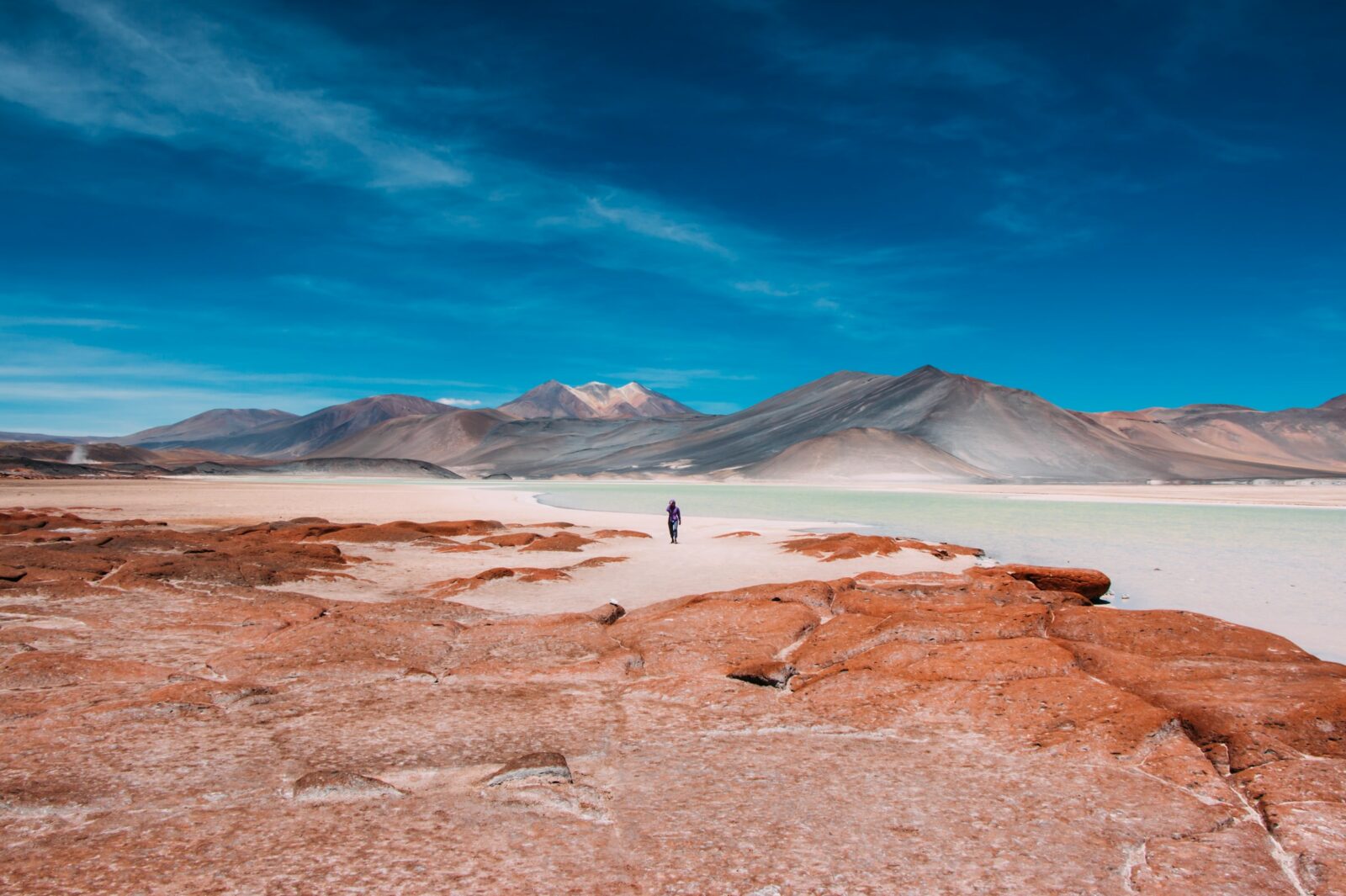Chile is experiencing one of the worst droughts in recent memory, with declining rainfall and water supplies becoming a major issue. Recent data shows Chile is experiencing its worst drought in almost 1000 years. The cause for this crisis might be unexpected. Miles away in the Pacific Ocean, there is a region with extremely warm water known as the Southern Blob. With global temperatures rising and droughts becoming more frequent, the Southern Blob is becoming larger and warmer each day. Researchers now believe that the blob is the reason for the extreme drought in Chile. The findings were published in the Journal of Climate.
The Southern Blob led to the creation of a new pattern. The warm water heats the air over it, and it creates a high-pressure ridge. This influences storms to change their routes, and as a consequence, a storm system moved far from South America towards Antarctica. As a result, the coastal region of South America did not receive the water provided by those storms. Ultimately this led to an unprecedented drought in Chile.
“One of the most fascinating things about this is, we have this anthropogenic (human-caused) signal in the climate system, which is the Blob, sitting out there in the middle of nowhere. But because of the way the ocean’s circulations are configured, it has the ability to influence regional climates where huge amounts of people live, tens of thousands of kilometers away. What our study shows is that, with human-induced climate change, what happens in one place does not necessarily stay there,” concluded co-author Kyle Clem from the Victoria University of Wellington.
Scientists plan to research whether the Southern Blob will disappear on its own or climate change will maintain the warm water region for a long period of time.












Leave a Reply